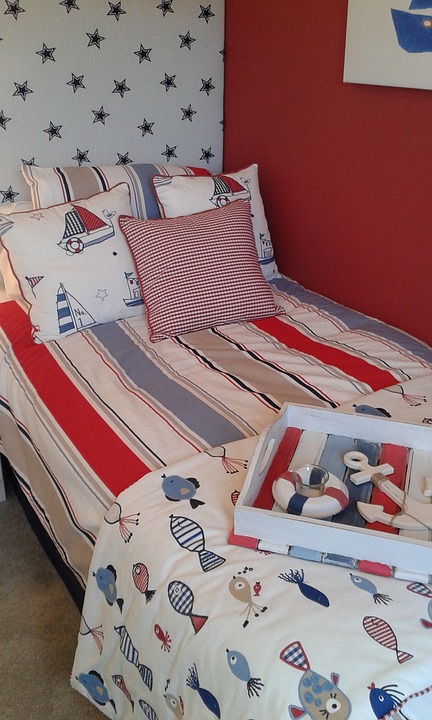Creating a space for your child is a big responsibility. Mainly because most children develop a strong connect with their personal space. Chances are your child will go on to remember even the most intricate details about his or her first room for years to come. If you do it right, it will be a soothing and fun room with enough storage space for your child’s toys, books, art supplies, and study materials. Without further ado, following are 4 things most parents get wrong when designing bedrooms for children.
Painting Walls Using Bright Colors: This is probably the most common mistake when designing a child’s bedroom. In a bid to keep things fun, parents often use bright red and green colors to paint the walls. Have you ever wondered why most children’s wards in hospitals are painted in pale blue or pink color? That’s because doctors and child psychologists know what most people do not. Soothing pale colors promote sleep and bring a sense of calm. Bright colors, on the other hand, result in sensory overload and they can create an uncomfortable space for sleep and study. However, just because you are using pale colors, doesn’t mean it cannot be fun. Play with wall stencils and patterns to give your child’s bedroom a relaxing yet fun look.
Not Investing in Proper Storage Space: You cannot really blame your kid for not cleaning up his or her room if there isn’t enough space for all the clothes, toys, and study materials. Use cheap storage solutions such as baskets and wall shelves to designate a space for even the smallest of items. It’s also important to create a box or storage space for toys that hide them from view. This will ensure your child is not distracted by Iron Man when he or she has homework to do. When buying cupboards and storage units, invest in things that would work well even when your child becomes a teenager. Something like a tiny colorful cupboard may look cute now, but it would need to be replaced in a few years as your child develops a more mature taste. Consider exploring the versatile beds for girls, which often come with built-in storage options to keep the room organized and clutter-free.
Not Adding an Item of Interest: Once you get the basics right, it’s time to garnish the room with something interesting. Much like designing a custom gift card or a greetings card, your child’s bedroom needs to have that wow factor. That’s often as simple as adding a hammock or crafting a small tent with Christmas lights. A paper-box castle can also be a fun little play area for your kid. It’s also recommended to wait till your child develops an interest and then include something that fuels that interest. This allows children to instantly bond with their rooms as well as find the motivation to pursue their hobbies.
Not Creating a Study Zones: For most children, their rooms are their personal spaces where they play, sleep, and study. Dividing it into different zones or mini-areas is a smart approach. For example, the study zone should have fewer distractions and give your child easy access to all of his or her study materials. This approach will enable your child to concentrate better during study hours.


